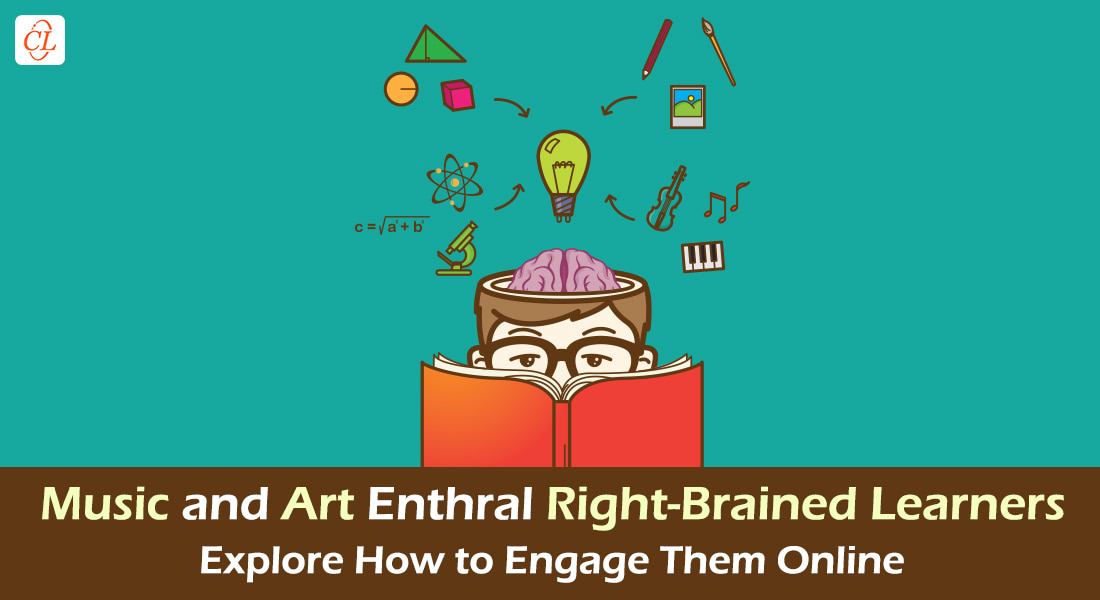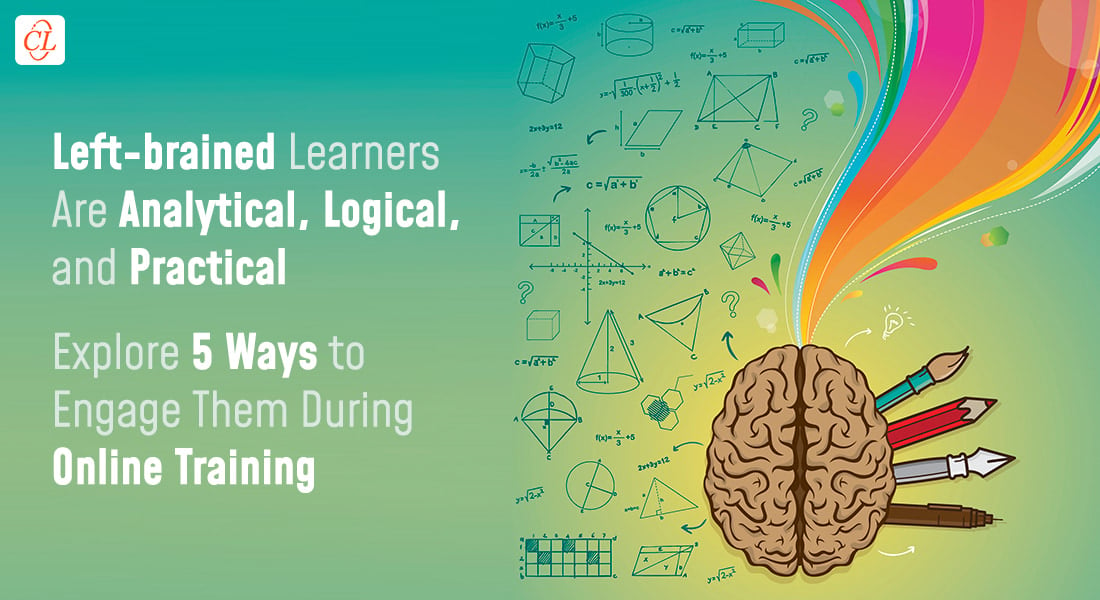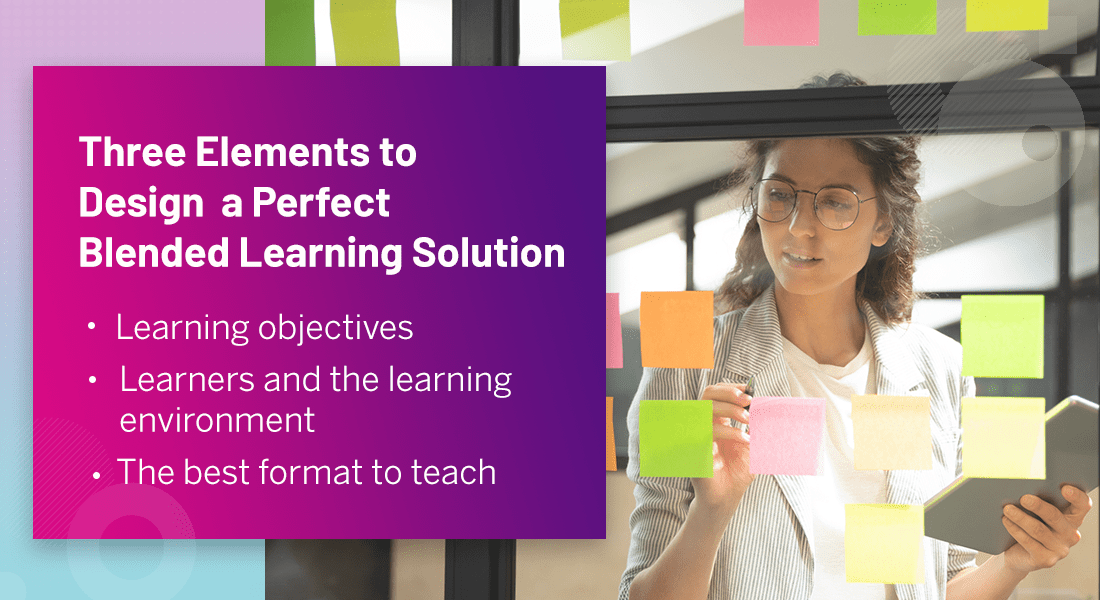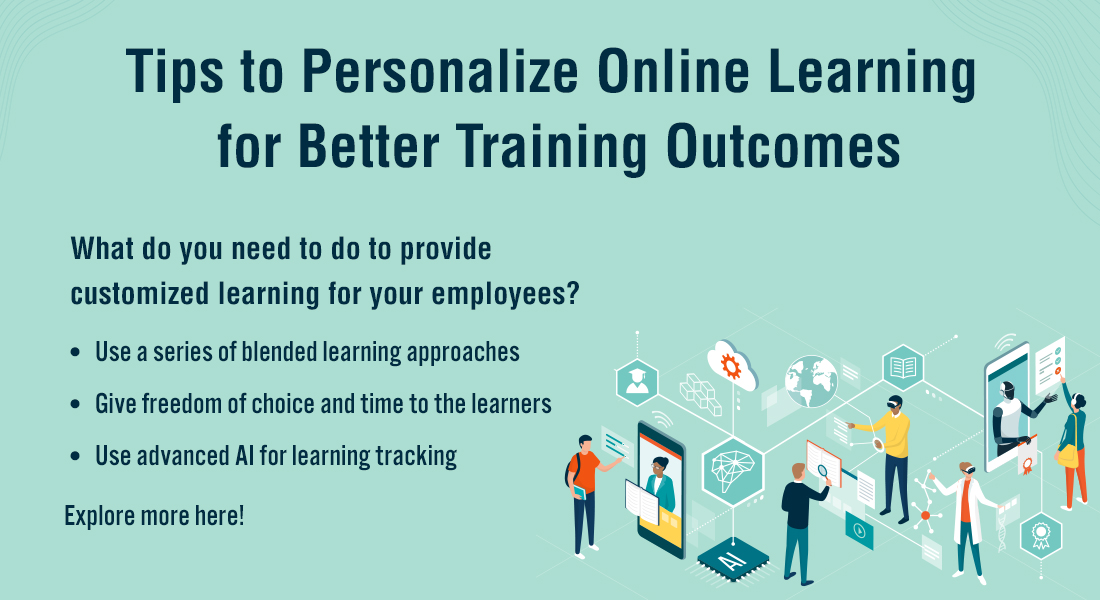5 Captivating Ways to Attract Right-Brain Online Learners

Do you have a creative bent of mind? Do you quickly get bored when training lasts longer than thirty minutes? Are you an insightful and empathic person who can learn a lot about someone when you listen to them share about themselves? If you’ve responded yes to any of these questions, you could be right-brain dominant.
Are You Wondering How to Engage Right-Brain Learners Online?
Engaging right-brain learners online is easy when you include:
- Real-life Stories
- Live Discussions
- Detailed Videos
- Illustrative Representations
- Background Music
People who are predominantly analytical thinkers are left-brain dominant whereas people who are mostly creative thinkers are right-brain learners. In reality, human beings employ far more than half their brain, and no one is bound to only one mode of thinking. With that being said, it is believed that right-brain learners process information visually, holistically, and intuitively.
If you want to know how the left brain works and what its features are, then check out my previous blog, i.e., 5 tips to engage left-brain learners online. It explains the working of the entire brain and discusses 5 tips on how to engage left-brain learners. In this blog, let’s look at the characteristics and tips to engage right-brain learners online.
Characteristics of Right-Brain Learners Online
- Free-spirited
- Artistic
- Creative
- Fun
- Poetic
- Fearless
- Adventurous
Engage Your Right-Brain Learners With the Following Tips
Before we go any further, I want to say that MRI testing does not appear to support the left brain vs. right brain idea, as studies have indicated equal activity on both sides of the brain independent of personality. Keeping this in mind, let us look at the different ways that can be used to engage your right-brained learners online.
Explore the Art and Science of Replicating the Real Classroom Virtually
5 Ways to Engage Right-Brain Learners Online
1. Include Real-Life Stories
If you’re a right-brain learner, then you are frequently ruled by your emotions. Feelings play an important role in your decision-making processes. A right-brain learner is also an intuitive learner. As a result, using stories online with distinctive characters and emotive plots are a useful tool for this type of learner.
The story-telling strategy allows right-brain learners to associate positive sensations with the eLearning experience, boosting knowledge retention and active recall. eLearning course designers and developers must use the following elements that have a strong emotional component.
- Anecdotes
- Case studies
- Real-life stories
2. Include Live Discussions
Online conversations and debates appeal to right-brain learners. These learners flourish in social situations. As a result, social networks are an excellent addition to your eLearning course. They enable employees to collaborate with their colleagues and come up with new ideas.
Right-brain learners also prefer using social networks to work together and overcome problems as well as accomplish a common goal. A good idea for right-brain learners is to provide ongoing dialogue by establishing some ground rules, such as posting a subject or question every week, to help them focus on the training material.
3. Include Detailed Videos
Rather than written walkthroughs, another technique that appeals to visual right-brain learners is online videos. Right-brained learners prefer a hands-on experience to gain knowledge easily. You should allow your right-brain learners to go back to the online video so they can revive their memory and conquer a learning challenge. You should also conduct performance reviews to detect your learners’ handicaps and then utilize that information to produce targeted videos for them.
4. Include Illustrative Representations
Right-brain learners enjoy discovering patterns and trends when solving problems. As a result, visual descriptions that emphasize the facts with data and those that depict connections between the concepts that they previously learnt are excellent ideas to attract this type of learner.
Infographics are one of the most effective tools available to you when engaging right-brain learners. Instead of seeing ideas in action, these learning aids allow right-brain learners to compare and contrast key concepts. Keep in mind that left-brain learners are mathematically oriented, but right-brain learners require visual aids to help them make sense of the numbers.
To truly engage and motivate right-brain learners, include thought-provoking photographs and eLearning avatars. There are several royalty-free photo sources to choose from. A word of caution don’t use controversial graphics that can distract learners or alienate them online.
To avoid such situations, you can conduct research in order to determine your audiences’ backgrounds and levels of experience. You can then select photographs for your right-brain learners that are both relevant and appropriate. Don’t overload your content with images, as that may lead to your learners getting too distracted.
5. Include Background Music
Audio elements like music and sound effects have the natural ability to draw your learner’s attention. Background music adds to the learners’ sense of immersion. This way, you can set the right mood for your audience.
Background music creates an ideal environment for learners online, so they can unleash their creativity and passionately engage in their eLearning course. However, you need to make sure that the background music doesn’t overpower the eLearning material. Avoid loud audio clips and distracting sounds.
It’s A Wrap
Since its discovery, researchers have debated the idea of right and left-brain dominance in scientific circles. Even if you disagree with this notion, incorporating a selection of eLearning activities that cater to your model learner’s left and right brain is a good idea. This way, everyone has access to the information they require in easily digestible formats. These 5 tips to engage right-brain learners online can help you create appealing eLearning courses.
There are many ways to keep your learners motivated during an eLearning course. One of them is implementing VILT (Virtual Instructor-Led Training) Here’s a handy guide for you to get started with VILT in your organizations.





